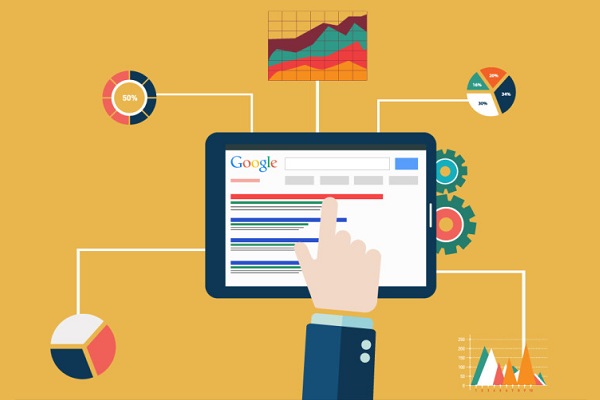If you’re running a WordPress site, chances are good that you’re always looking for ways to improve your site’s speed. After all, a faster site means happier users, and happier users often mean more traffic and conversions.
Unfortunately, many WordPress sites suffer from slow performance due to a variety of factors.
In this guide, we’ll show you some of the most common culprits of slow WordPress sites and how to fix them.
1. Choose a Good Hosting Provider
2. Use a Caching Plugin
3. Optimize Your Images
4. Minimize HTTP Requests
5. Use a Content Delivery Network (CDN)
6. Avoid External Scripts and Iframes
7. Keep Your WordPress Site Updated
1. Choose a Good Hosting Provider:
One of the most important factors in determining the speed of your WordPress site is your hosting provider. If you’re using a shared host, your site will likely be slow due to the fact that your resources are limited and you’re sharing them with other sites on the same server. In contrast, a dedicated or virtual private server will give you more resources and therefore better performance. Of course, these come at a higher price point, so it’s important to weigh your options and choose the best option for your needs.
2. Use a Caching Plugin:
Caching is a process of storing static copies of your dynamic WordPress site so that subsequent requests can be served faster. There are a number of caching plugins available for WordPress, such as W3 Total Cache and WP Super Cache. These plugins will cache your pages and posts as static files, which reduces the amount of work your server has to do to generate the page each time it’s requested. As a result, your pages will load faster and your visitors will be happier.
3. Optimize Your Images:
Images are often the biggest culprits when it comes to slow-loading pages. Large images can take a long time to load, especially on mobile devices with slower data connections. Fortunately, there are a few things you can do to optimize your images and speed up your site.
First, make sure that you’re using the correct file format for your images. JPEGs are best for photos, while PNGs are better for graphics with fewer colors. Additionally, you can use an image compression tool to reduce the file size of your images without sacrificing quality. Finally, make sure that you’re using the correct dimensions for your images. If an image is too large, it will have to be resized by the browser, which can take a long time.
4. Minimize HTTP Requests:
Each time a user visits a page on your WordPress site, their browser has to send an HTTP request to your server in order to retrieve the content. These requests can take a long time, especially if there are a lot of them. To minimize HTTP requests, you can combine and minify your CSS and JavaScript files. This will reduce the number of files that need to be loaded, which will speed up your site.
5. Use a Content Delivery Network (CDN):
A content delivery network (CDN) is a system of distributed servers that deliver content to users based on their geographic location. By using a CDN, you can ensure that your content is delivered faster to users, no matter where they are in the world. Additionally, a CDN can help to reduce the load on your server, which can improve your site’s performance.
6. Avoid External Scripts and Iframes:
External scripts and iframes are pieces of code that are loaded from another website. These can slow down your site because the browser has to load the content from the other site in addition to your own. To avoid this, try to use as few external scripts and iframes as possible. If you must use them, make sure that they’re loading from a fast server so that they don’t slow down your site.
7. Keep Your WordPress Site Updated:
One of the most important things you can do to keep your WordPress site fast is to keep it updated. WordPress releases new updates regularly, which include performance improvements and security fixes. By keeping your WordPress site up-to-date, you can ensure that it’s running at its best.
Conclusion:
There are a number of things you can do to speed up your WordPress site. By following the tips above, you can improve your site’s performance and make sure that your visitors have a positive experience.

